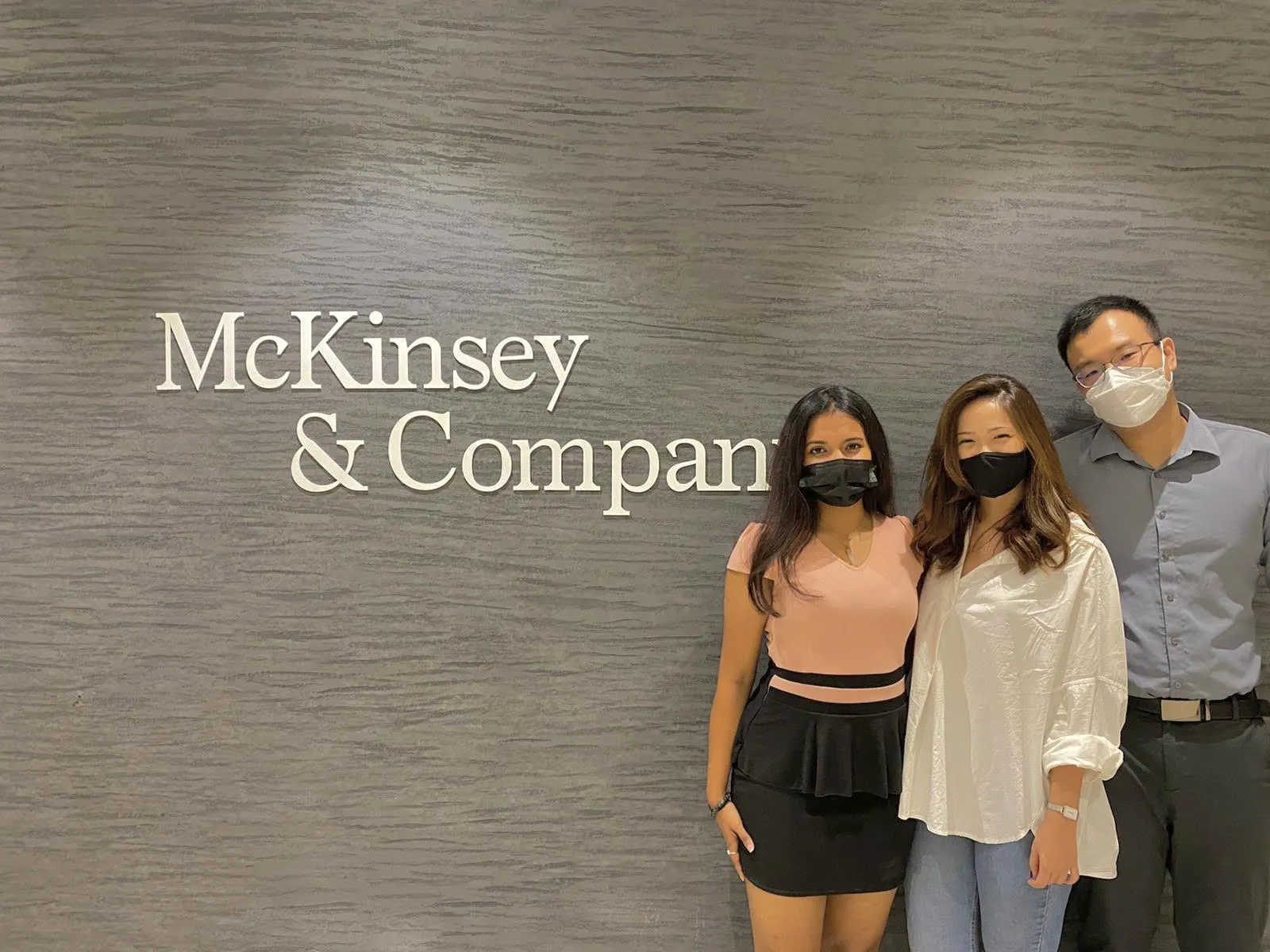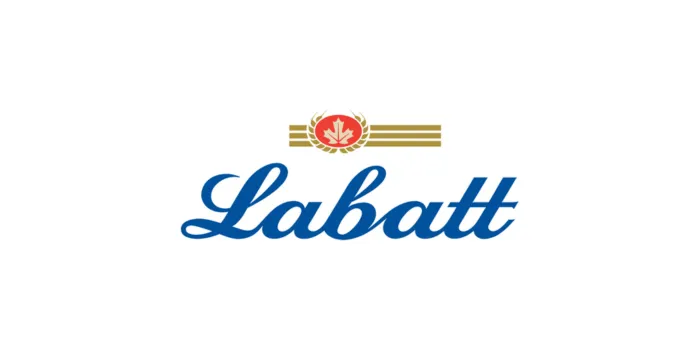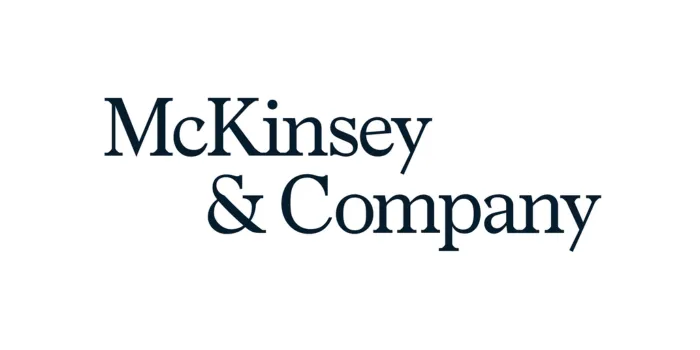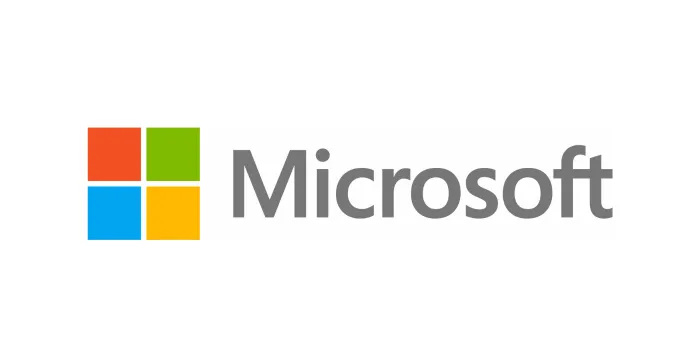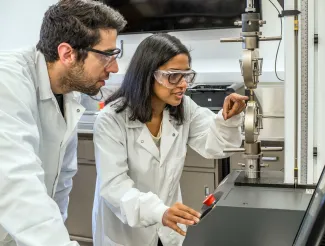“I’ve seen myself grow as a person”
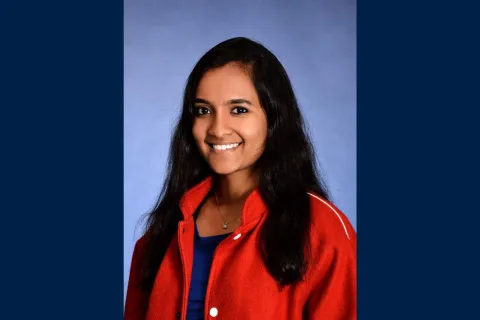
Tanya Raja
- Degree:
- Bachelor of Applied Science
- Program:
- Campus: Vancouver
- Year: 5th year
How did you choose Manufacturing Engineering?
Manufacturing Engineering was introduced as a new program when I was halfway through my first year. I liked it because it offered wide-ranging career options and was a good mix of materials and mechanical engineering within a manufacturing context.

What was the transition like for you as an international student? Did anything surprise you?
The culture shock for me was the way that UBC encourages you to be as active outside the classroom as inside. That was different from my experience in Singapore where school and grades are the primary focus. Here, even though the classes are very challenging, there’s much more to life than just coursework. There’s a lot of freedom of opportunity.
What does it mean to you to think like an engineer?
For me it is about dissecting a problem. The first step is always to break it down into subsections and then figure it out step by step. I use this approach everywhere and it’s been very helpful in life and in my internships. There are always so many variables, so being able to look at a problem without getting overwhelmed, and then breaking it down into smaller parts is key. This mindset is what makes engineers so malleable and able to thrive in new situations.
Were you involved in extracurricular activities?
In my second and third year I was a part of the Engineering Undergraduate Society as President of the Manufacturing Engineering Undergraduate Club. I hadn’t thought I would be interested in this kind of position, but the program was new and I wanted to be part of getting the word out about opportunities in the program and being that bridge between students and professors. We ran lots of events, from the first-year fair, through to high school fairs and open houses, and social events.
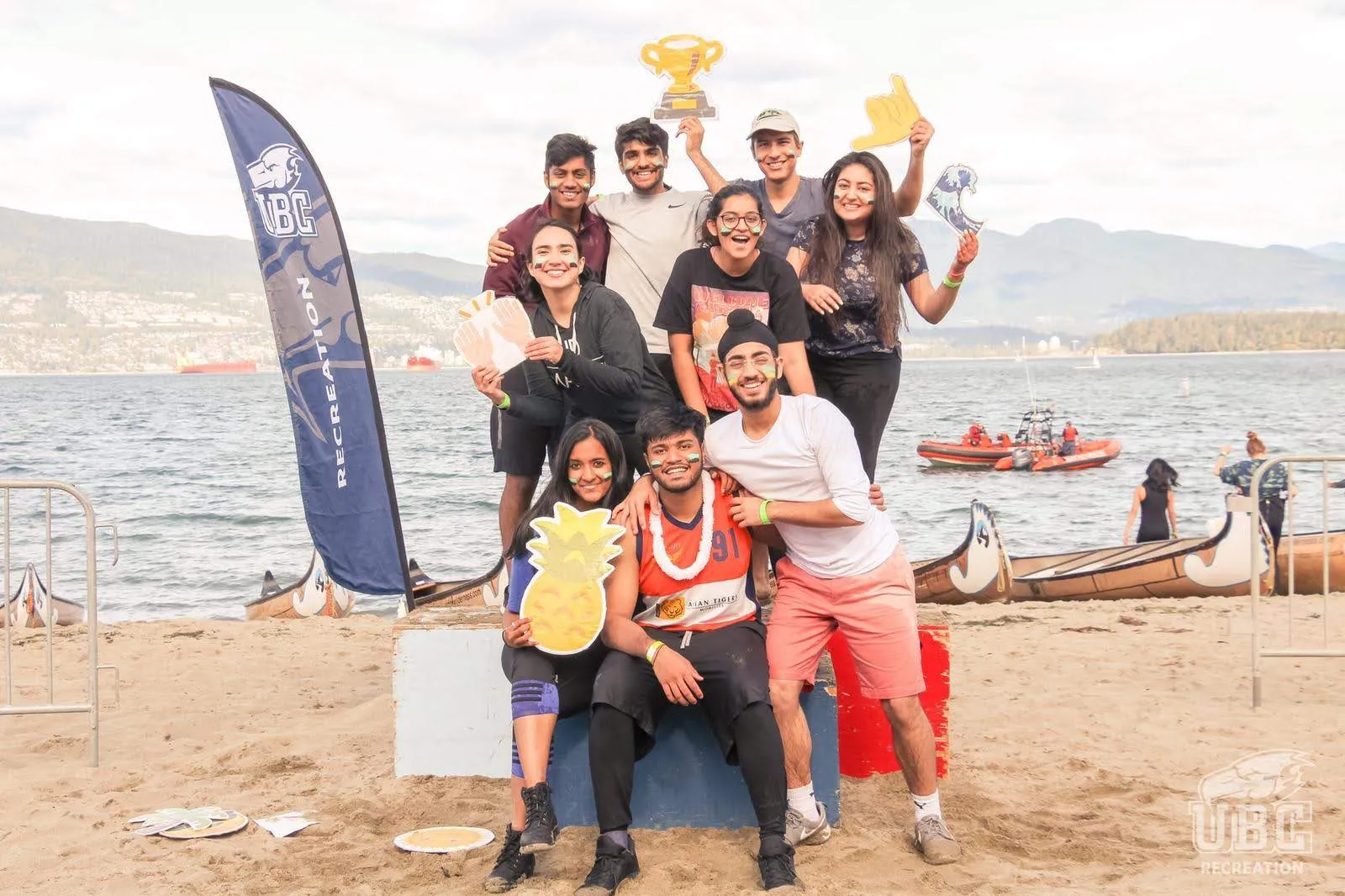
Anything advice for incoming students?
While school might seem like the most important thing, your life outside of your courses is as important. Your skills as an engineer are not reflected in your mark in APSC 160 but in all the other stuff – whether you were part of a design team, or completed online certifications or pursued a particular passion. I currently work part time as a peer advisor helping students with resumes and their job search, and first years are often concerned that resume is the same as everyone else’s. My advice is to do the things that inspire you – that’s what will help you stand out.
